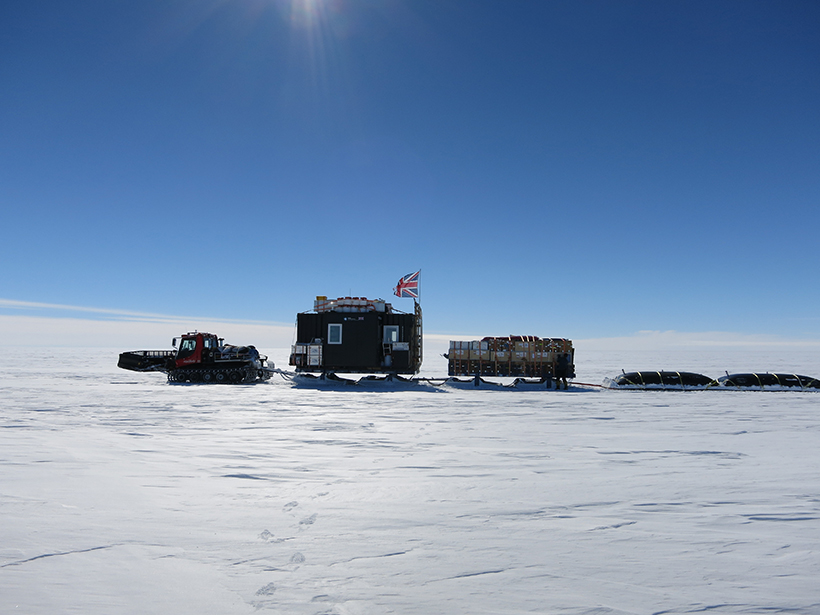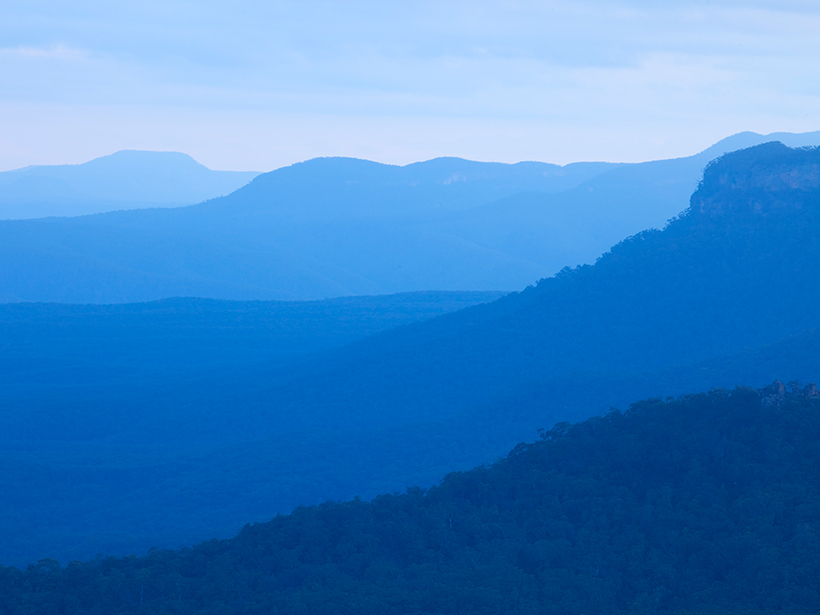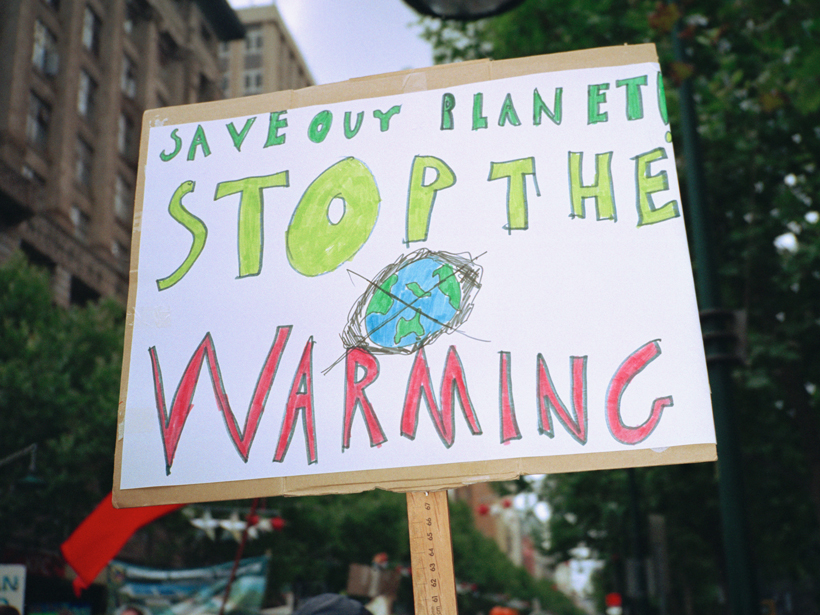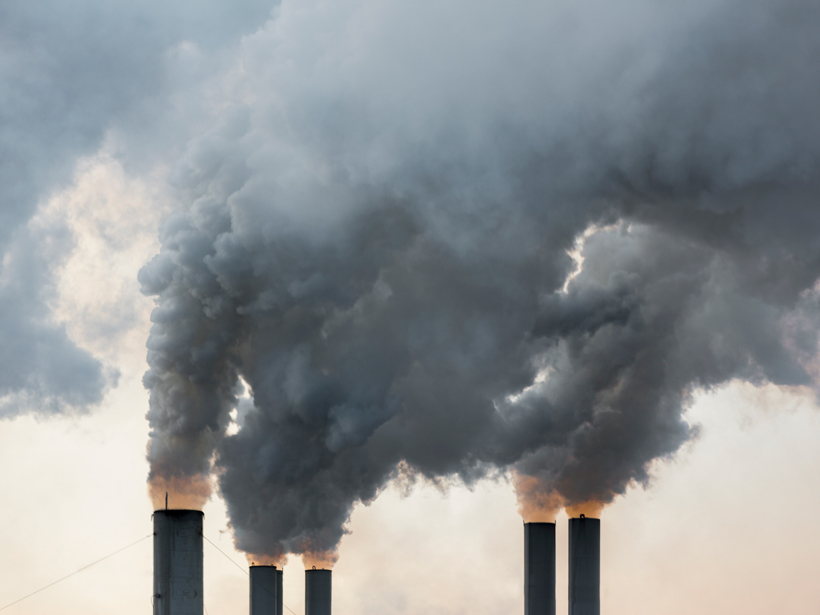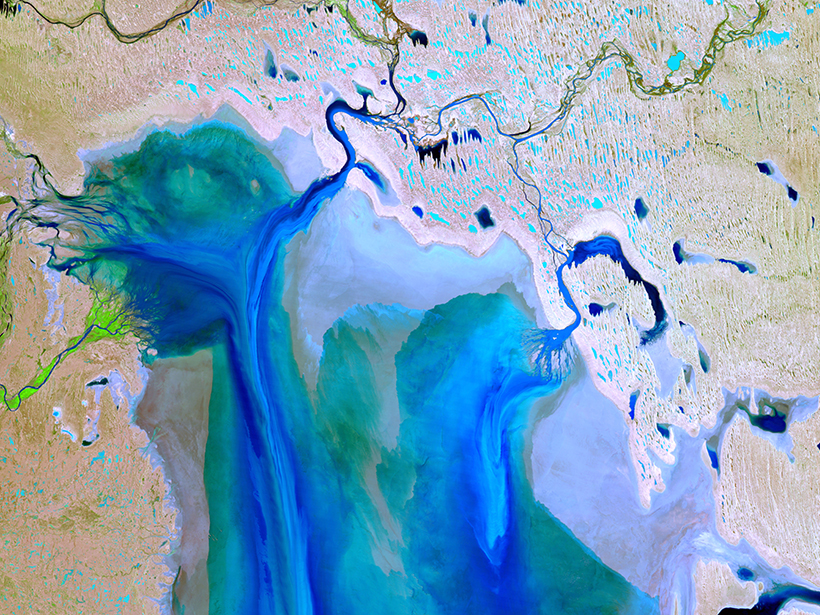The iSTAR Programme Science Integration Meeting; Leeds, United Kingdom, 18–19 May 2017
Climate Change
Maintaining Momentum in Climate Model Development
As the current funding for climate process teams comes to an end, scientists emphasize the continuing need for teams that translate basic research into improved climate models.
Future Looks Drier as Drylands Continue to Expand
A recent article in Reviews of Geophysics examined the areas of land globally that are classified as drylands and the impact of their growth on human communities.
Atmospheric Particles Aren’t the Same Cloud Seeds They Once Were
Still, more than half of the seeds required for cloud droplets to form in both the present-day and preindustrial atmospheres are made by trace gases that condense to form minute aerosol particles.
Experts Ponder Why Administration Released Tough Climate Report
Scientists and policy experts say the White House released the report, which differs from the administration’s stance, without political tampering to avoid potential further controversy.
How Will Climate Change Affect the United States in Decades to Come?
A new U.S. government report shows that climate is changing and that human activities will lead to many more changes. These changes will affect sea levels, drought frequency, severe precipitation, and more.
Monitoring Coastal Zone Changes from Space
The resilience of coastal communities depends on an integrated, worldwide coastal monitoring effort. Satellite observations provide valuable data on global to local scales.
IPCC Chair Discusses Limiting Global Warming to 1.5°C
Several forthcoming reports by the Intergovernmental Panel on Climate Change examine what needs to be done to take control of our climate future.
Observing Life near the Ocean’s Surface with Satellites
Third International Ocean Colour Science (IOCS) Meeting; Lisbon, Portugal, 15–19 May 2017
Tropical Teleconnections
A recent article in Reviews of Geophysics explored how regional climate and weather is interconnected across space and time.

